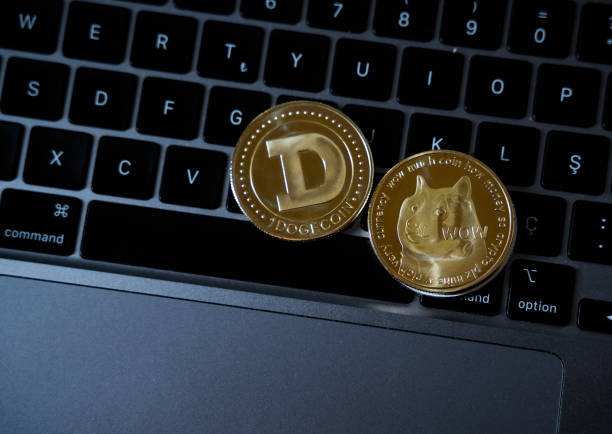C.S. Lewis once said,
“Two heads are better than one, not because either is infallible, but
because they are unlikely to go wrong in the same direction.” This idea applies not only to
human heads but also to investment and business growth strategies.
Most surely, you have heard that a smart investor diversifies his portfolio to reduce risk
exposure. Well, the same principle also works for companies and even crypto projects. Why
do you think Google, Amazon, Tesla, and Microsoft invest in so many things? It allows
businesses to expand, at the same time creating new revenue streams.
A similar approach works for crypto companies. For example, let’s take a look at Binance
and try to understand what made the “CZ” creation so successful. First thing first, the
exchange took full advantage of the cyclical nature of the cryptocurrency market and its ebbs
and flows. Secondly, Binance has never stopped developing and seeking ways to increase
its market share. In particular, the launch of BSC, an Ethereum Virtual Machine-compatible
blockchain, greatly increased the utility of both the Binance Chain and BNB.
What about DeFi projects? Is there any other way to grow rather than offering additional
products and services? Actually yes. By implementing so-called cross-chain technology,
thus enhancing interoperability between different blockchains. Until recently, most
blockchain networks, including Ripple, Bitcoin, and Ethereum, operated on isolated
ecosystems what undoubtedly limited their functionality. As a result, users couldn’t enjoy the
full potential of the ledger technology.
Cross-chain technology, on the other hand, will allow placing independent business
operations on a separate chain and then link information, transactions, and interactions. All
of that without losing the speed of operations. Some of the most famous cross-chain
platforms could be Polkadot, Lightning Labs, Wanchain, Fusion, Cosmos, Ink Labs
Foundation. Curiously, all of them have been working on the implementation of the space of
interconnected decentralized networks even before the DeFi boom.
Already aware of the issue, new DeFi ecosystems were built with the idea to unify
blockchains. For instance, some projects enabled the interaction of assets from various
blockchains. In other words, users were granted the ability to deposit and borrow assets
from various systems.
One of the most recent examples was Nimbus – an automated DeFi platform that offers 16
earning strategies for users based on IPO participation, P2P Lending, and more – which has
just become a cross-chain platform. Considering the fact that Nimbus already boasts 50,000
active users, integration of the cross-chain solution is an expected step in the development.
This was achieved by expanding to the Binance Smart Chain. Now, all Nimbus dApps
become accessible with 15 times lower gas fees. It will also open up many other
opportunities and use cases for Nimbus users and liquidity providers – or even provide new
revenue channels for GNBU token holders.
As more and more projects follow Nimbus’s footprints, DeFi is likely to become truly
accessible worldwide – and finally bank the unbanked. Read more about why DeFi has a
great potential here.
Disclaimer: This article is provided for informational purposes only. It is not offered or intended to be used as legal, tax, investment, financial, or other advice.
Credit: Source link























